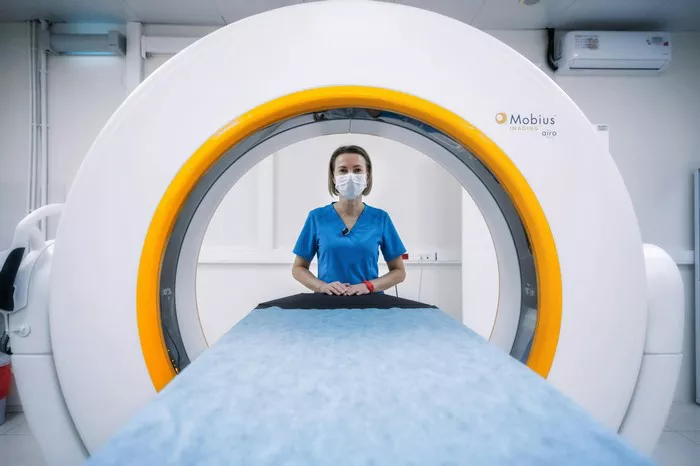Heart disease causes a quarter of all deaths in the UK—equivalent to one person dying every three seconds.* Early diagnosis is key to improving patient outcomes. Today, researchers from the MRC Laboratory of Medical Sciences (LMS) have published new findings that could revolutionize how heart disease is detected by refining a diagnostic technique called Exercise Cardiac MRI (exCMR).
The study, featured in Radiology: Cardiothoracic Imaging, established the normal reference ranges for heart responses during exercise, based on live cardiac imaging of 161 healthy adults aged 22 to 77. This groundbreaking work defines what a healthy heart’s reaction to physical exertion looks like, a crucial step toward interpreting exCMR results more accurately in clinical settings worldwide.
How exCMR Works and Its Diagnostic Potential
ExCMR enables doctors to monitor heart function during exercise inside an MRI scanner. Using a special bike attachment, patients pedal while lying down, allowing real-time observation of cardiac responses. Unlike traditional resting MRI scans, exCMR reveals hidden or early-stage heart issues that might not show symptoms when the patient is at rest.
Professor Declan O’Regan, head of the computational cardiac imaging group at LMS, explains:“Young people and those in early stages of heart disease often compensate well at rest. Exercising during MRI removes this compensation, helping us identify who is truly at risk.”
By highlighting cardiac resilience and vulnerabilities during physical stress, exCMR offers the promise of earlier, more accurate heart disease diagnosis, ultimately improving patient care and outcomes.
Why Reference Ranges Matter
Despite its benefits, exCMR is not yet widely used clinically due to a lack of established norms distinguishing healthy from abnormal heart responses. This study provides those crucial benchmarks.
Declan O’Regan notes,“Before, we didn’t know what ‘normal’ looked like on exCMR, which made it harder to interpret results. Our reference ranges give doctors a reliable tool to assess where patients fall on the health spectrum.”
The test is safe, straightforward, and cost-effective, and now better understood thanks to these new findings. This knowledge is expected to encourage broader clinical adoption of exCMR.
Gender Differences in Heart Response
The study also uncovered important differences in exercise response between men and women. Men’s hearts showed greater responsiveness to exercise even after adjusting for body size. This insight underscores the need for sex-specific considerations in diagnosing and managing heart conditions.
Bridging Research and Clinical Practice
Operating at the interface of fundamental science and healthcare, this research aligns with LMS’s mission to unravel mechanisms behind human health and disease. By providing the foundation for improved diagnostic tools like exCMR, the team hopes to facilitate earlier intervention and better treatments for cardiovascular patients.
Related topics:

